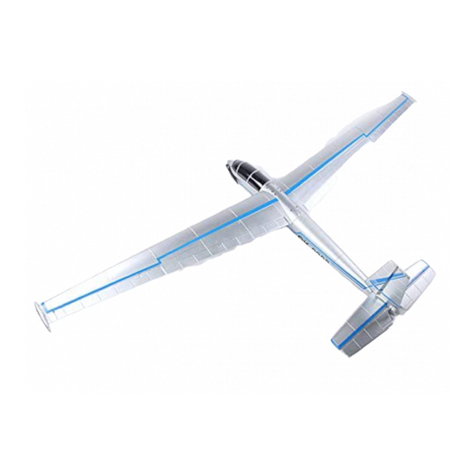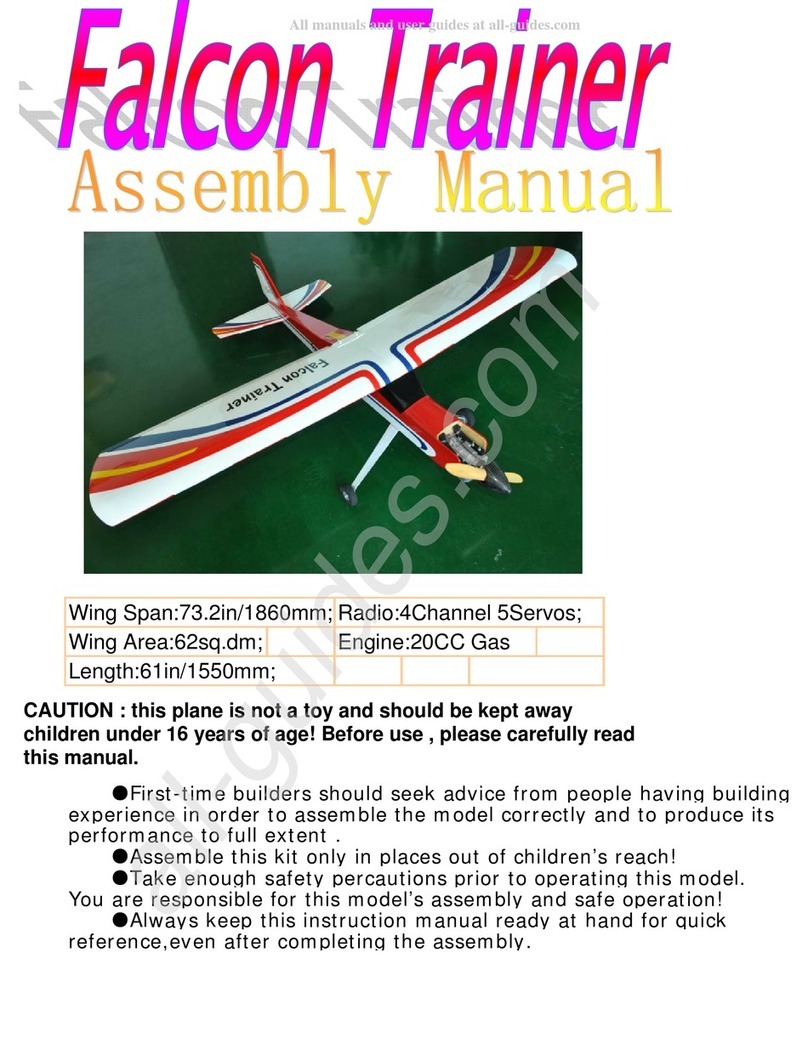Hobby King Gulfstream G500 ARF User manual
Other Hobby King Toy manuals

Hobby King
Hobby King DH 82 Tiger Moth User manual
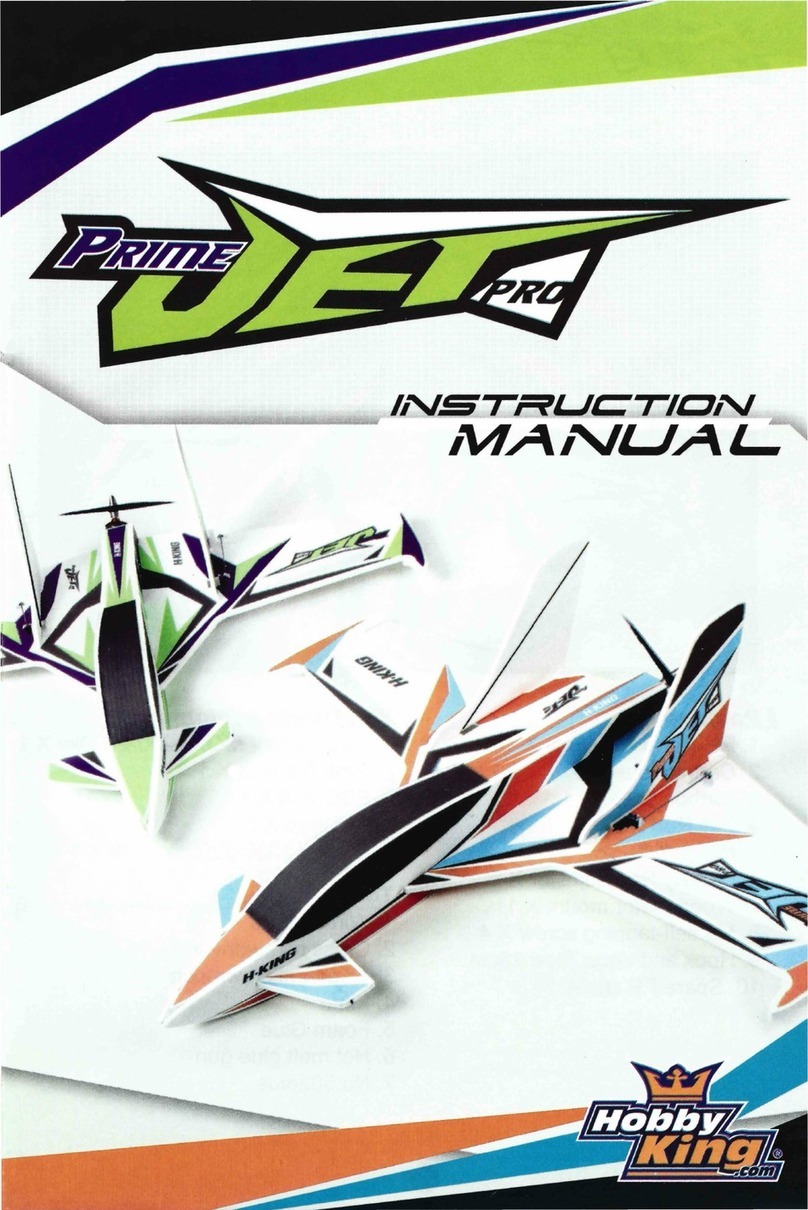
Hobby King
Hobby King Prime Jet Pro User manual

Hobby King
Hobby King YAK54 20CC EP User manual
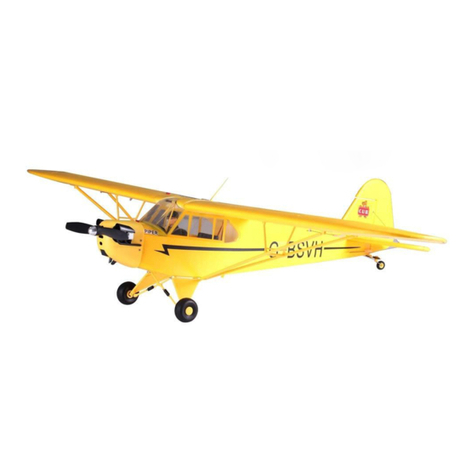
Hobby King
Hobby King J3 CUB User manual
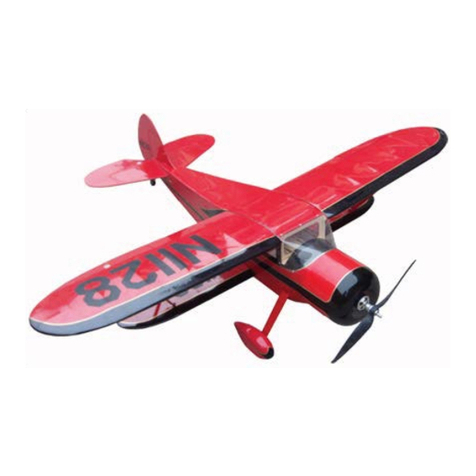
Hobby King
Hobby King Waco 30E User manual
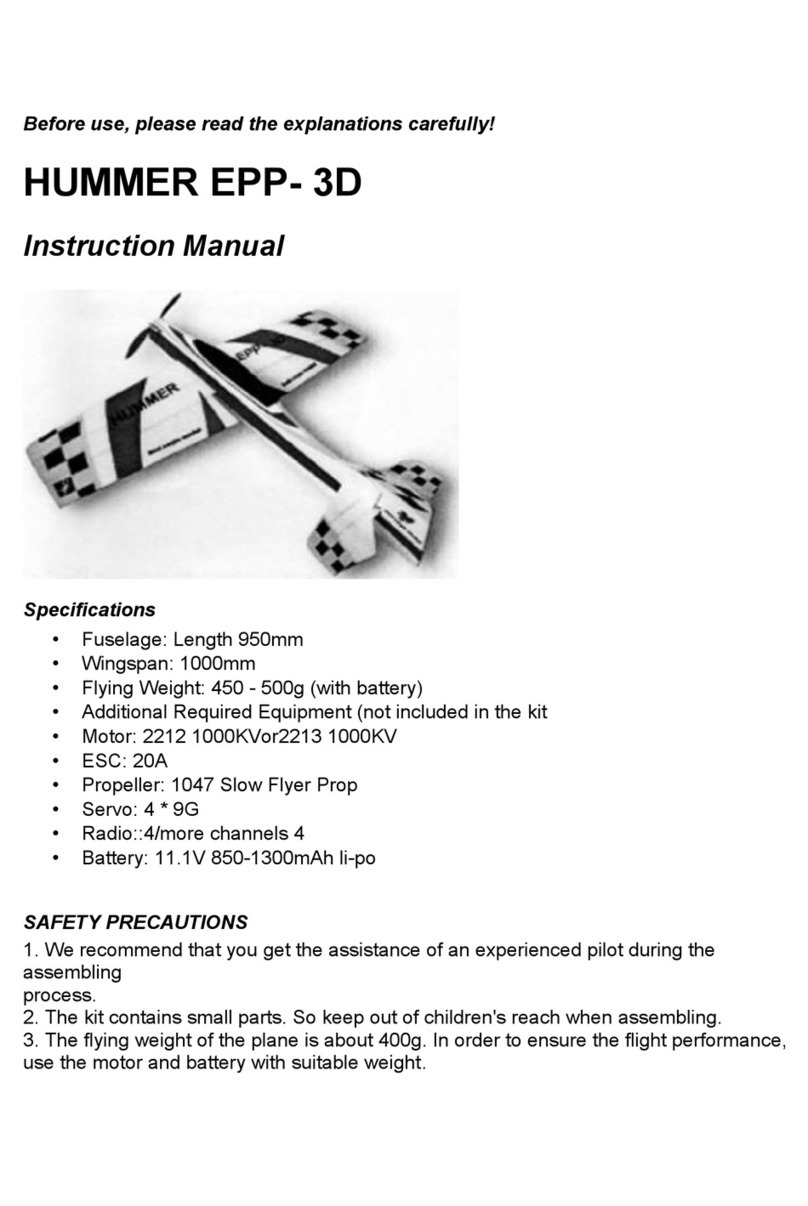
Hobby King
Hobby King HUMMER EPP-3D User manual
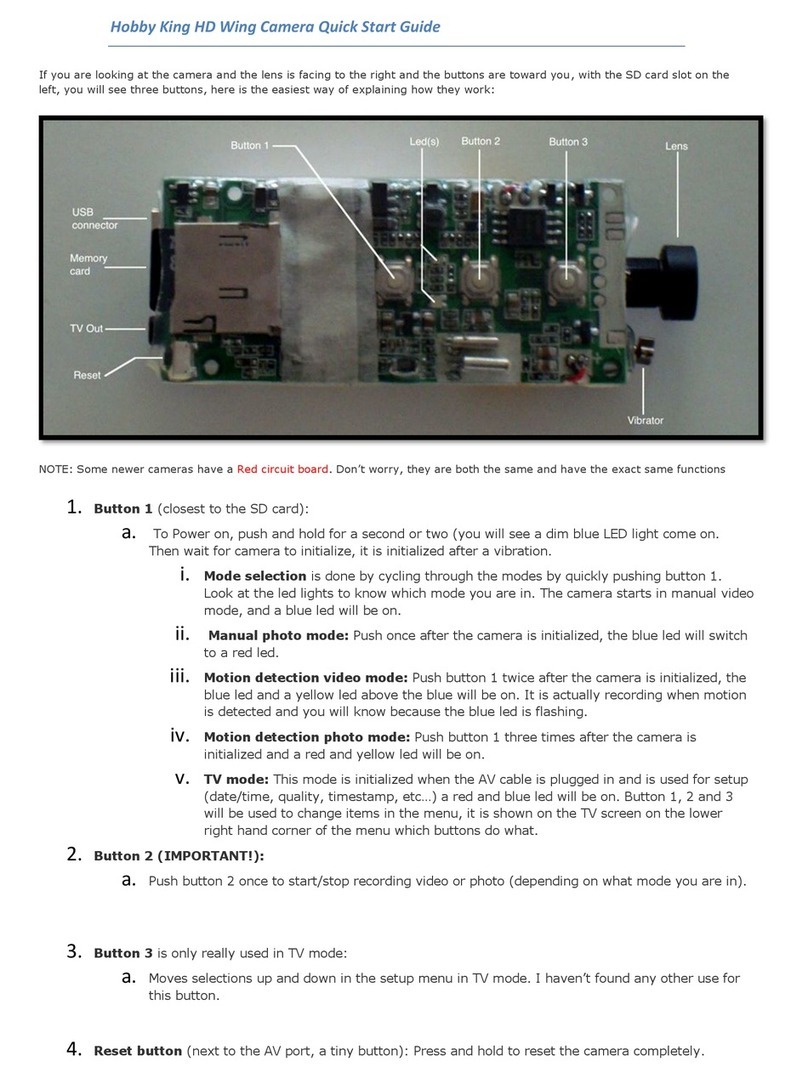
Hobby King
Hobby King HD Wing Camera User manual

Hobby King
Hobby King B-17 F User manual
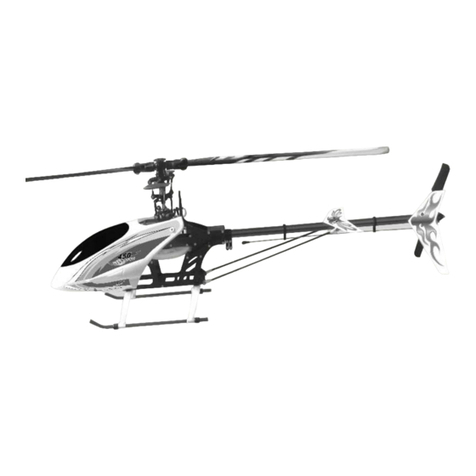
Hobby King
Hobby King 450 User manual
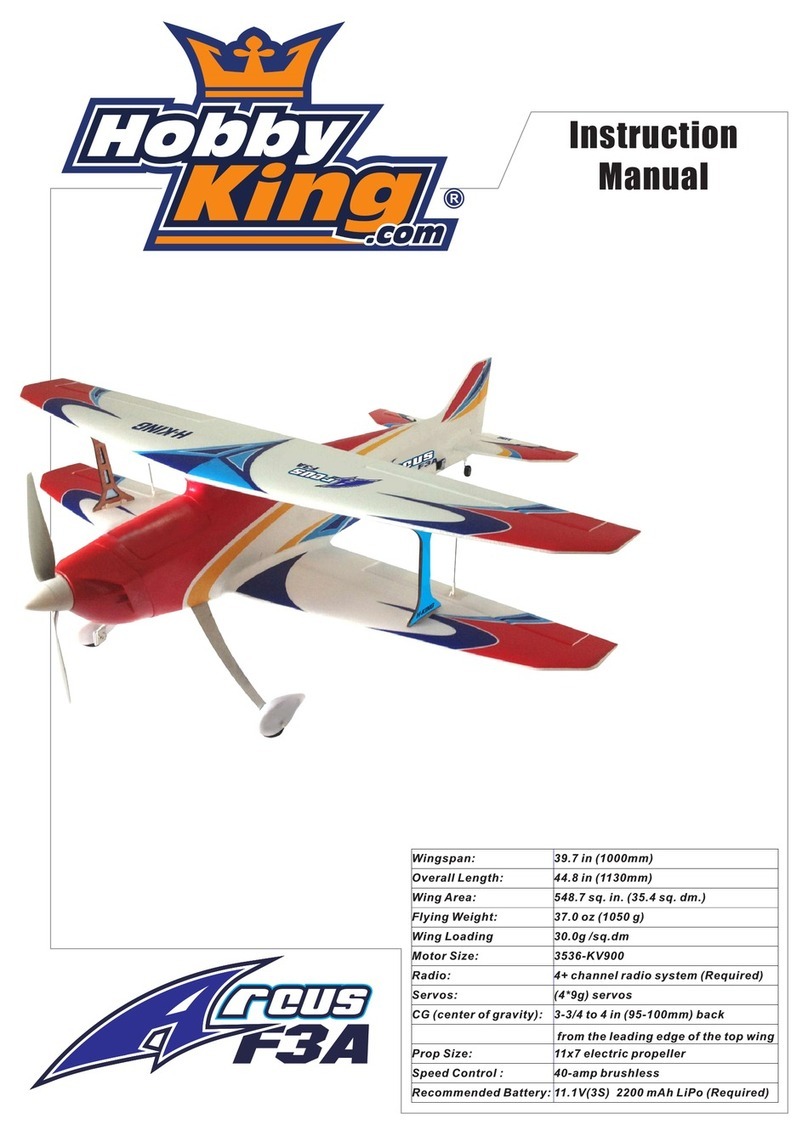
Hobby King
Hobby King Arcus F3A User manual
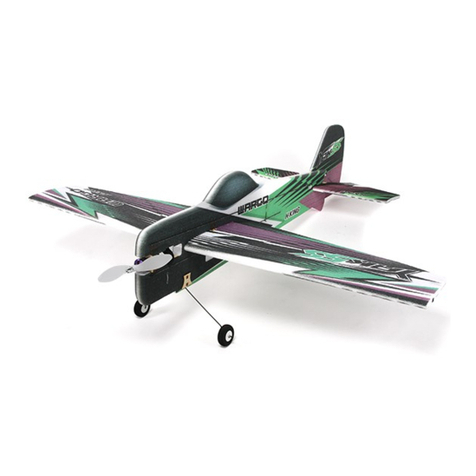
Hobby King
Hobby King WARGO YAK55 User manual
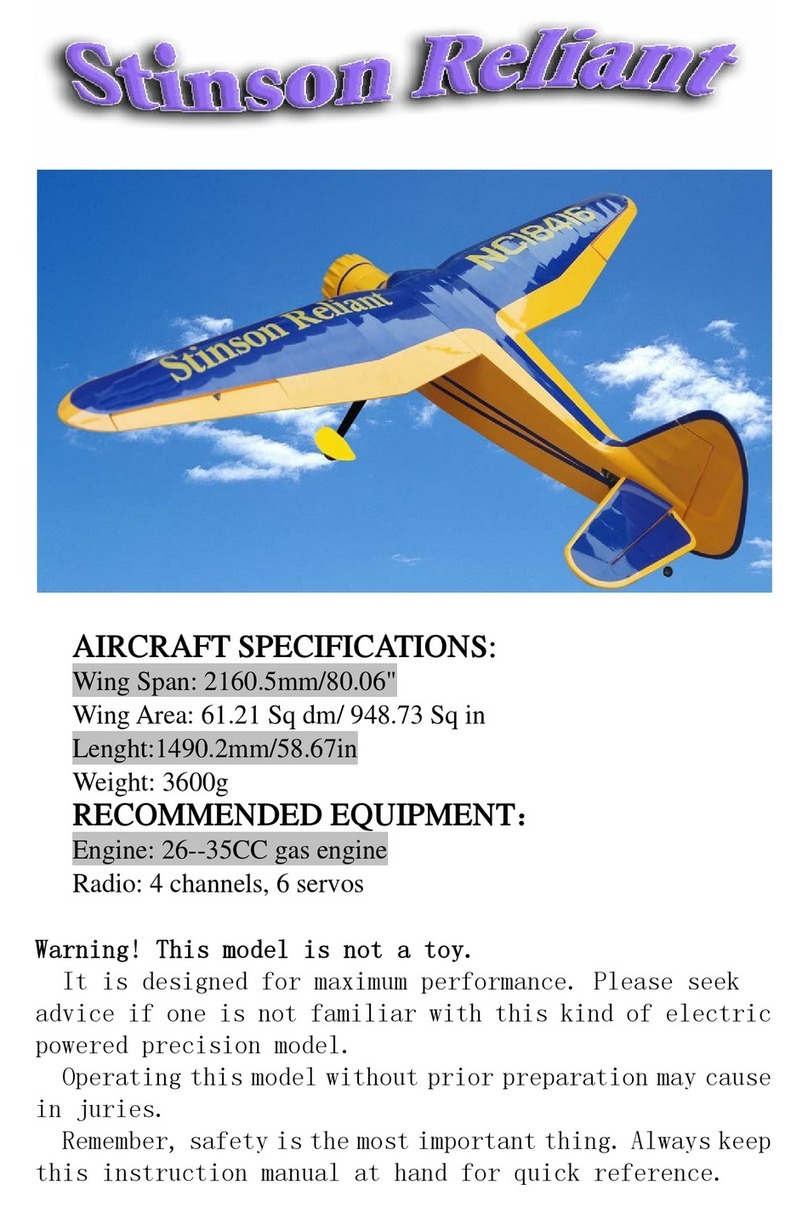
Hobby King
Hobby King Stinson Reliant User manual
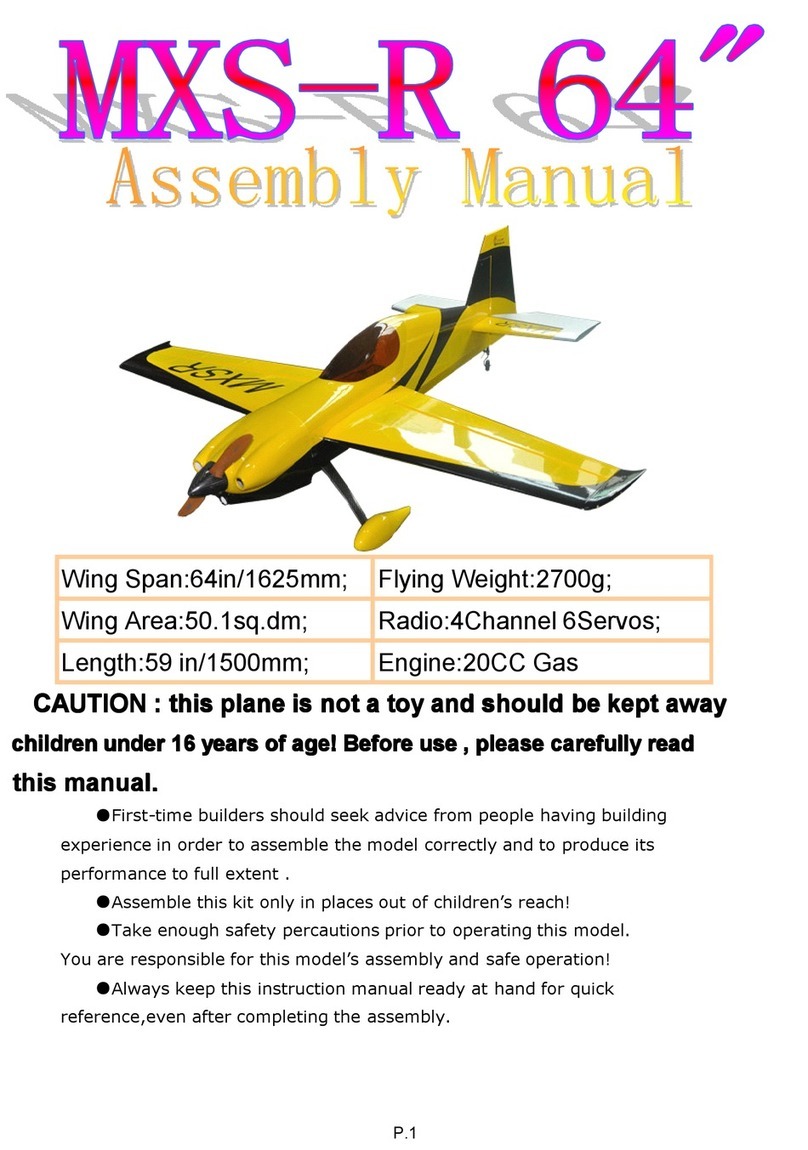
Hobby King
Hobby King MXS-R 64 User manual
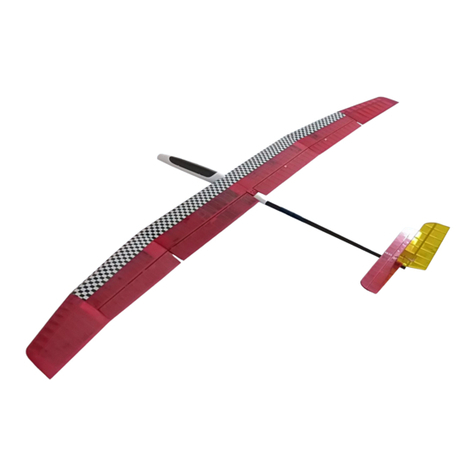
Hobby King
Hobby King Aether 3700 EP User manual
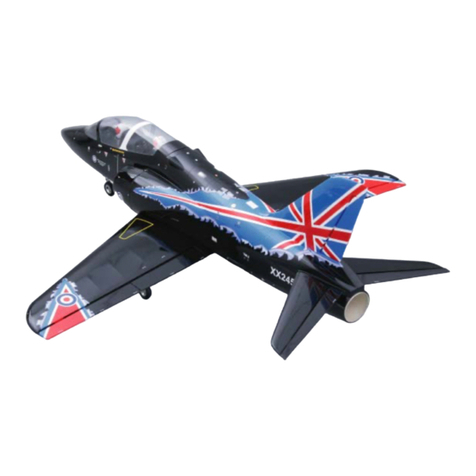
Hobby King
Hobby King BAE Hawk User manual
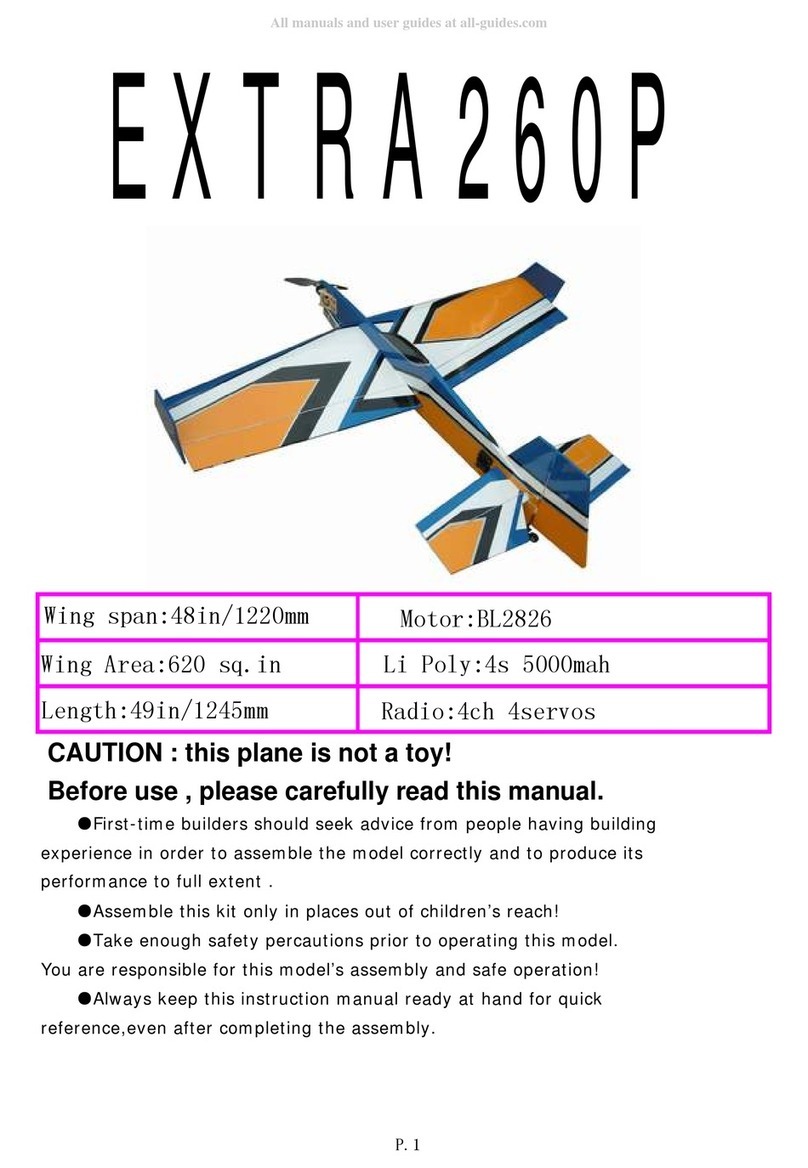
Hobby King
Hobby King EXTRA260P User manual

Hobby King
Hobby King H-KING Cri Cri User manual
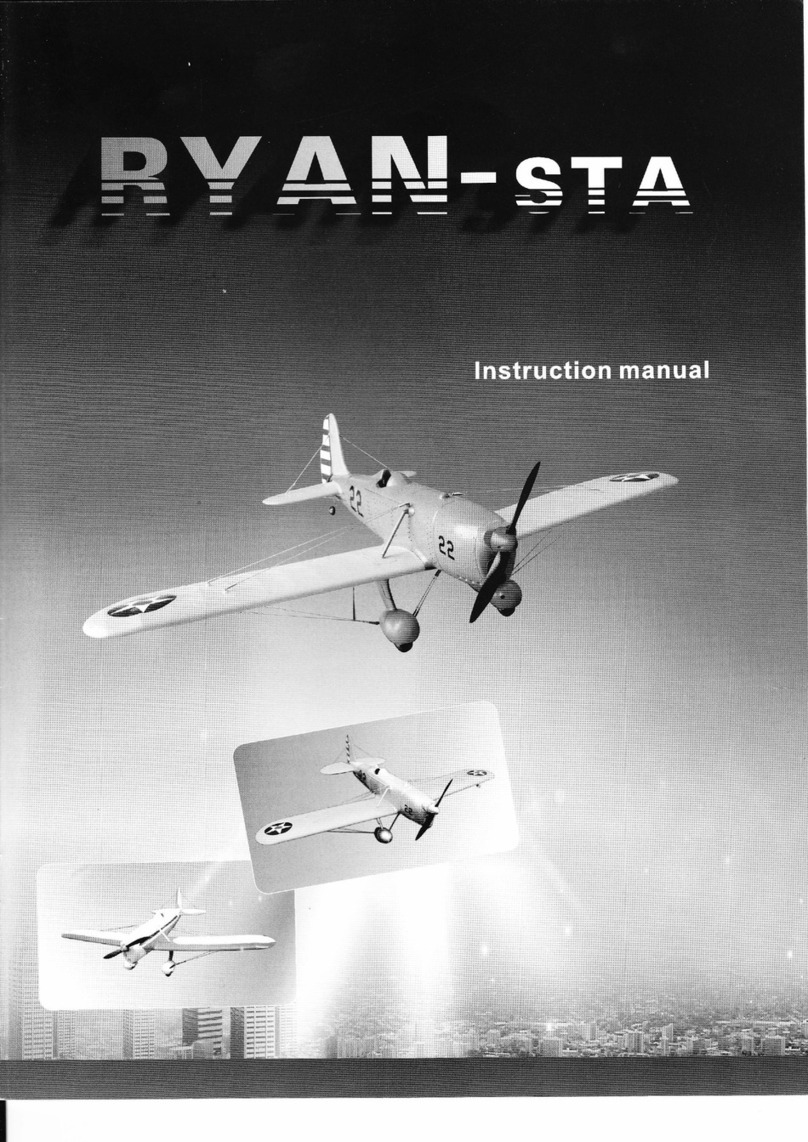
Hobby King
Hobby King RYAN-STA User manual

Hobby King
Hobby King Maestro-46 User manual

Hobby King
Hobby King Micro SU-27 User manual
Popular Toy manuals by other brands

FUTABA
FUTABA GY470 instruction manual

LEGO
LEGO 41116 manual

Fisher-Price
Fisher-Price ColorMe Flowerz Bouquet Maker P9692 instruction sheet

Little Tikes
Little Tikes LITTLE HANDIWORKER 0920 Assembly instructions

Eduard
Eduard EF-2000 Two-seater exterior Assembly instructions

USA Trains
USA Trains EXTENDED VISION CABOOSE instructions

